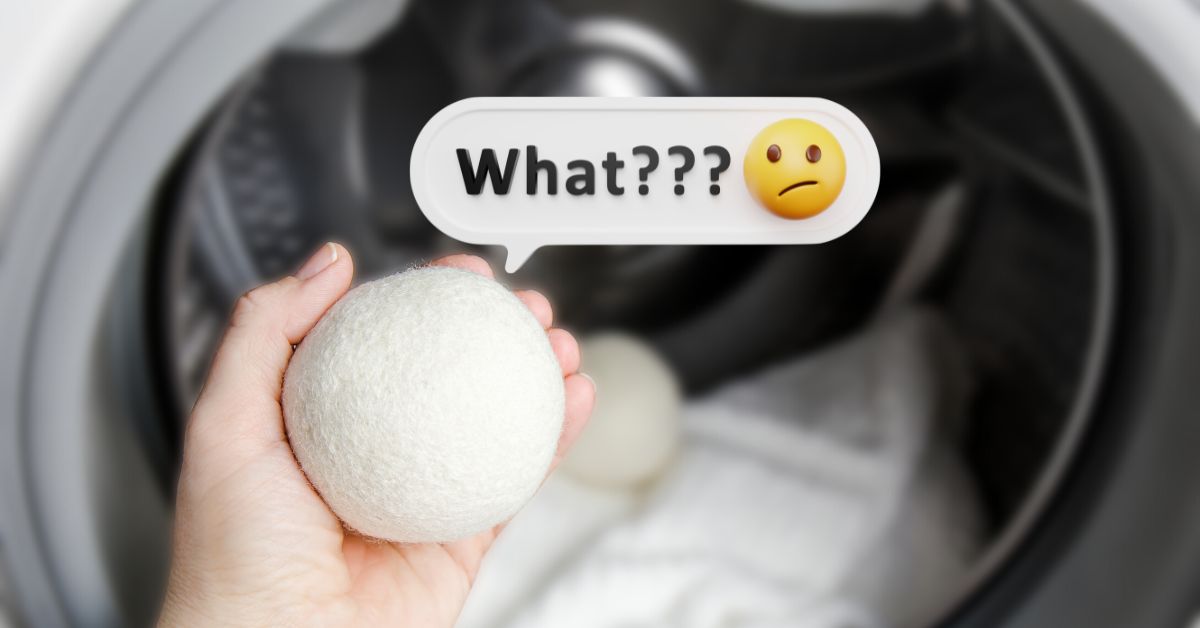You try your apparel at the shop; it fits well, and when you wear it after the first dry clean, you feel it tight and uncomfortable on your body. In short, it has shrunk.
We know how you feel when your favorite clothing doesn’t fit you right, and you keep it aside or throw it away. We also have faced similar situations in the past many time. I’ve found the answer to why dry cleaning shrinks clothes and how to prevent your clothes from shrinking.
Page Content
Why Does Dry Cleaning Shrink Clothes?
Dry cleaning involves using a solvent, such as perchloroethylene (perc), to remove stains and dirt from clothes. However, certain factors can contribute to clothes shrinking during dry cleaning. One key factor is the heat used during drying. High temperatures can cause the fibers in the fabric to contract, leading to shrinkage.
Another factor is improper handling or excessive agitation, which can cause fibers to shrink or distort. Additionally, some fabrics are more prone to shrinkage than others. It’s important to follow care label instructions, choose reputable dry cleaners, and communicate any concerns about potential shrinkage to minimize the risk.

Some significant reasons why dry-cleaned clothes shrinks are:
1. Natural
Some clothing manufacturers wash the fabric before selling the apparel, resulting in a pre-shrunk material. This process will limit the shrinkage percentage of the clothing. Shrinking effects happen more on natural fibers like cotton, hemp, silk, or wool.
You must have closely observed the natural fabric structure, made of numerous threads interwoven in a net-like form. Tiny holes ought to be there in the net.
While cleaning happens, water and heat interact with the fiber, causing these holes to contract. Further, the wet clothes hung for drying help water molecules evaporate from the fabric, shrinking the tiny holes besides bringing the fibers closer.
2. Machine Malfunction
If poorly maintained, a dry cleaning machine may not perform optimally, resulting in cloth shrinkage.
In addition, a component of the dry cleaning machine, “Chiller,” that helps the dry cleaning solvent remain cool, may break and malfunction for the solvent to overheat, resulting in shrinkage.
3. Moisture Built-up
Many times, moisture may develop gradually in the cleaning solvent. Though a small percentage of moisture in the solvent helps the detergent for an optimal wash, an extra amount may lead to fabric shrinkage. The extra moisture may happen due to a component “water separator” meant to prevent the excess moisture from building up is damaged or malfunctioning.
4. Manufacturing Defects
This situation may be rare, but a manufacturing defect in garments can shrink them when dry-cleaned for the first time.
How To Avoid Clothes To Shrink From Dry Cleaning?
Following a few precautions is essential to minimize the risk of clothes shrinking from dry cleaning. Firstly, always check the care label and select a reputable dry cleaner experienced in handling delicate fabrics.
Communicate any concerns about potential shrinkage with the dry cleaner beforehand. Additionally, consider spot-cleaning specific stains instead of subjecting the entire garment to dry cleaning.
You can avoid shrinking your clothes by simply following the care label properly. Know and understand the washing instructions thoroughly when you buy new clothes. Some garments must be washed in cold water only, avoiding hot water. Some clothes can only be air dried, and some can be dry cleaned and not machine washed.
Remember, prevention is key, and proper care and communication can help reduce the chances of clothes shrinking during dry cleaning.
Related: Can you iron dry clean only clothes?

How to Restore Shrunken Clothes?
Restoring shrunken clothes can be challenging, but there are a few techniques that may help:
1. Soaking in Hair Conditioner:
Fill a basin with lukewarm water and add a small amount of hair conditioner. Gently submerge the shrunken garment and let it soak for about 30 minutes. Rinse with clean water and lay it flat to dry. Gently stretch the fabric while still damp and reshape it to its original size.
2. Blocking and Reshaping
For wool or knit garments, blocking can be effective. Pin the garment on a padded surface like a towel, leaving it to dry completely. Soak the garment in lukewarm water for a few minutes, then carefully stretch it back to its original shape while damp.
3. Professional Alterations
If the garment is valuable or shrinks severely, consider taking it to a professional tailor or alterations expert. They may be able to adjust the garment and restore its original size and shape.
It’s important to note that restoration success may vary depending on the fabric type and the extent of shrinkage. Prevention is always the best approach, so carefully follow the care instructions and consider professional dry cleaning for delicate garments to minimize the risk of shrinkage.
Which Fabrics Are Most Likely to Shrink After Dry Cleaning?
1. Cotton
Cotton Incorporated tested cotton dry cleaned in a dryer at various heats – 100°, 150°, and 200°F and concluded the shrinkage percentage remained the same irrespective of the temperature. However, the cotton dried at higher heat shrunk the fastest. We estimate that cotton can shrink up to 20 percent.
2. Hemp
Hemp apparel will shrink when you wash it with hot water or a dryer. Hemp is three times strong than cotton fibers, yet it can shrink.
3. Wool
The natural fibers of wool come closer, shrinking the garment when you wash it. You can restore its original size by laying the garment flat and pinning it to a board underneath in its proper shape. It will help the fibers to dry and allow the garment to restore its original size.
When you place the wool garment in a dryer, the fibers interact with the heat and shrink permanently. Later, you cannot restore the wool garment to its original size.
4. Silk
Silk is a natural material structured with protein fibers. Therefore when heat from the dryer is applied to the silk, it will shrink. When a silk garment is pre-washed for over 5 minutes before putting into a dryer, it tightens the fibers. After heating in the dryer, the garment will shrink.
Related: How to Wash Acetate and Triacetate Clothes?
5. Rayon
Rayon is a semi-synthetic fabric derived from cellulose. It is known for its softness and draping qualities but is prone to shrinking when exposed to heat and moisture, including during dry cleaning. Rayon garments should be handled with care and cleaned according to the care instructions provided by the manufacturer to avoid shrinkage.
Related: How to Get Wrinkles Out of Rayon
- Is it better to wash or dry clean clothes?
It is always better to dry clean clothes as it removes oil, grease, or other sticky stains than washing. But it’s also equally important to follow the instructions for washing the clothes, as some allow dry cleaning and some allow to be washed with cold water only.
- Will dry cleaning shrink my pants?
If the pant fabric is cotton or wool and isn’t pre-shrunk by the manufacturer, it will shrink. However, you can avoid shrinkage by following the washing instructions and cleaning it as per the process explained.
- Will Cotton shrink if dry-cleaned?
Yes, cotton being a natural material, will shrink if dry-cleaned. Since dry cleaning involves heating the fabric, the heat causes the fibers to shrink.
Conclusion
Shrinkage of clothes after dry cleaning is not a common scenario but can happen to anyone. The gaps in the interwoven fabrics contract, bringing the fibers closer, and the clothing shrinks. The shrinkage mainly occurs due to the heat and agitation in the dryer.
Other reasons for the shrinking of clothes after dry cleaning are technical faults in the dry cleaner or manufacturing defects in the garment.
Shrinking happens with cotton, wool, silk, and hemp garments. A pre-shrunk garment has less probability of shrinking. You can avoid shrinking your clothes by choosing a reputed dry cleaning service and communicating proper instructions with them.



